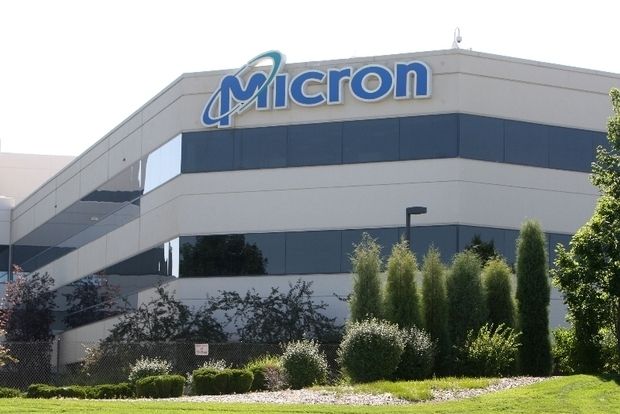By Kate Yuan
(JW Insights) Oct 24 -- Micron CEO Sanjay Mehrotra said that about a quarter of Micron’s revenue comes from China, and “about half that revenue is at risk.” He told CNBC in an interview on October 23.

Memory chips are at the center of all devices, helping store and access data in smartphones, computers and the servers training generative artificial intelligence models.
Just three companies make more than 90% of the world’s dynamic random-access memory, or DRAM, chips. With Samsung and SK Hynix both headquartered in South Korea, Idaho-based Micron is the only manufacturer in the U.S. — that has made it the latest target of China’s bans on U.S. technologies.
In May, China’s cybersecurity administration banned some of its sales to key China infrastructure projects, saying it failed a security review. Last year, the U.S. barred chip companies from supplying China with certain key technologies.
“And what I can also tell you is that Micron, of course, is totally committed to bringing the value of its technology and products and manufacturing scale to the benefit of our customers across various end markets in China,” said Sanjay Mehrotra.
Meanwhile, Micron has started construction on a $2.75 billion assembly and test facility in India.
“Micron is obviously trying to diversify its base,” Gartner’s Gupta said. “It has testing and packaging facilities in China. And obviously they are trying to move, diversify out of China.”
The U.S. share of overall chip manufacturing has plummeted from 37% to 12% in the last three decades, largely because it costs at least 20% more to build and operate a new fab in the U.S. than in Asia. Labor is also cheaper there, the supply chain is more accessible and government incentives have been far greater. That’s why the CHIPS and Science Act set aside $52.7 billion for companies that manufacture in the U.S, according to the CNBC report.










